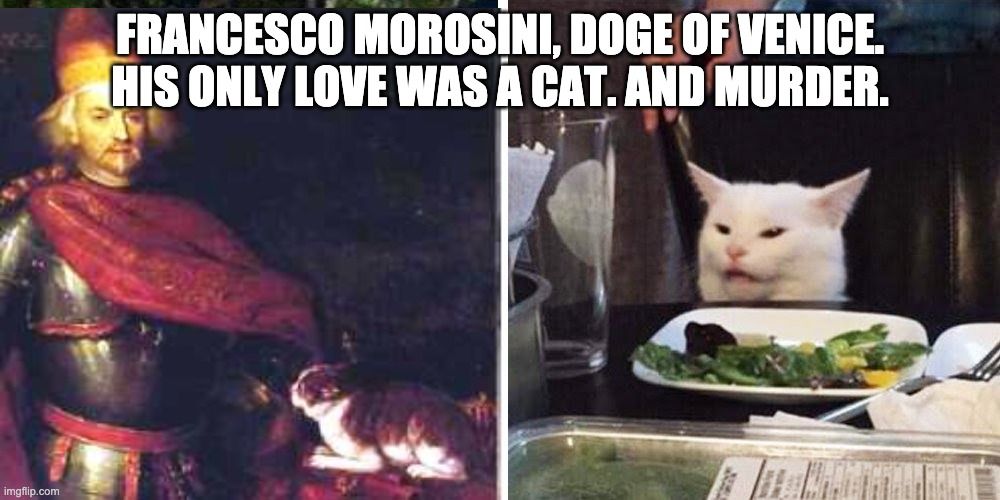(Episode written by showrunner of The Borgias, Neil Jordan)
(Note: I'll be using 'Prince Djem' to refer to Jordan's iteration of the historical Sultan Cem, and 'Cem' to refer to the historical figure.)

The third episode of The Borgias manages to throw a decent curveball to the people who are paying attention to the historical timeline with the title card. The episode is titled 'The Moor' which I thought was a reference to the wiliest of the Sforza family, Ludovico 'Il Moro' [The Moor] Sforza of Milan. He was said to be nicknamed 'the Moor' as either a reference to his dark hair, or to his legendary cunning--Moors (people of African descent) were held to be cagey and shrewd. It is more likely that it was a simple corruption of his middle name 'Mauro', but Ludovico was no man to despise a nickname that a) sounded cool and b) further advanced his already deserved reputation for cunning.
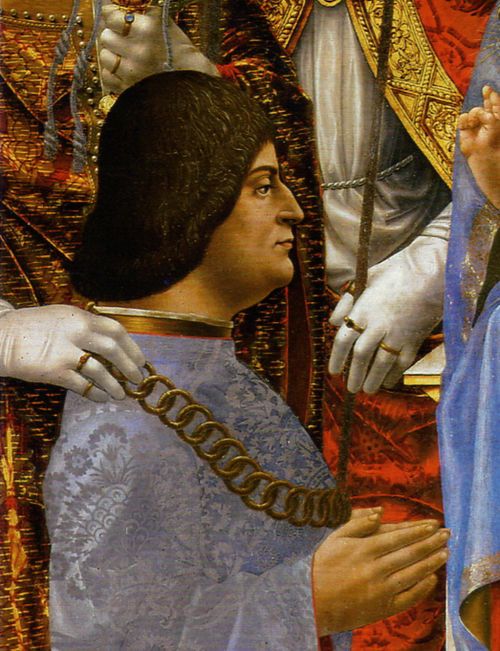
So the episode is going to be introducing one of the crucial players in the coming Franco-Italian wars, eh? About time--we haven't met many Sforzas so far, this would serve to establish the stakes further in the ever-shifting sands of Italian politics.
No, that would be too logical.
Instead, the episode's main plot revolves around a 'recently arrived' royal hostage from the Ottoman empire, Prince Djem (played by the gorgeous Elyes Gabel) and the political maneuverings that follow, mostly involving money and marriage. Mostly, Djem is used as a fish out of water to explain things about Renaissance politics, and even achieves the impossible feat of proving a human being could be friends with this universe's version of Juan Borgia.
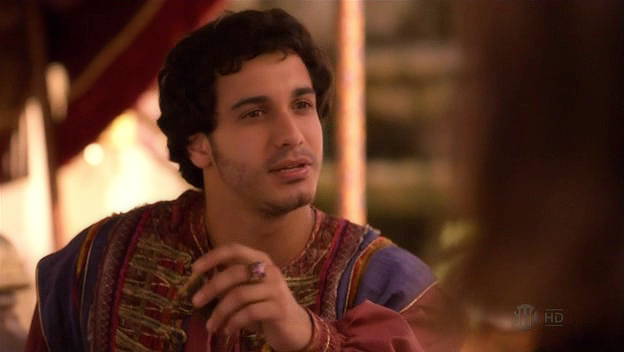
The B-plot of episode 3 is Micheletto's frustrated attempts to assassinate della Rovere in Naples. Readers of my previous blog will know the exhaustive timeline and reasons that della Rovere actually fled Rome--a land deal gone bad--and one of the most badly botched ambushes in Papal history--but I digress. What the whacky failed assassination antics do allow is for the audience to be introduced to King Ferrante of Naples and his irritating son, Alfonso II, who we will deal with more fully in later blogs.
But the episodes's focus on Prince Djem of the Ottoman Empire--as he is called in Jordan's show--is disturbing for a number of reasons. The show follows the usual error of introducing a major character and killing them in the same episode, for flimsy reasons.
Prince Djem is shown as a token minority, a noble savage who wants to convert to Christianity, the 'true faith' and is impressed at how kind everyone is to each other in Rome, and coincidentally, is here to flirt with Lucrezia, a job better reserved for her brothers, apparently. Djem, as written in the show, isn't a character, truly– so much as an offensive series of assumptions and tropes. Let me list the most egregious stereotypes he embodies in a quick list:
-Not three minutes after being introduced, Djem claims that he grew up in the "Persian foothills" and "killed a white tiger...with my bare hands."
Anyone remotely familiar with either the range of tigers (even Caspian tigers), or the extent of the Ottoman empire at this time at any time can tell you how wrong this throw-away bit of dialogue is, besides to serve as further exoticizing Djem. While the Ottoman nobles did enjoy hunting as much as anyone, white tigers, the result of a rare recessive allele and inbreeding, weren't particularly prized. Also, Persia was under the control of the Timurids at this time period, so that makes it unlikely that Prince Djem grew up anywhere near there. Neil Jordan strikes again.

-Prince Djem expresses a (apparently) fervent wish to convert to Christianity. This is not supported by any source (and we will discuss this below) and is the complete opposite of historical fact.
-Prince Djem is presented as both an innocent (he believes, completely contrary to any and all evidence, that he is surrounded by kind people when he should know better) and as a savage (by virtue of saying things like "You can kill a concubine, but not a wife," in the middle of a flirtatious conversation with Lucrezia). This is typical of propagandistic portrayals of the Other.
-About the only good thing Prince Djem does is prove that someone can stand Juan Borgia for more than five seconds in the canon of the show.
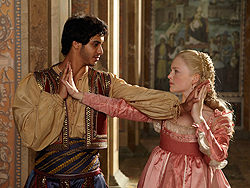
Back to the episode summary: Rodrigo--Pope Alexander VI--discloses to Cesare (and the audience) that the Ottoman sultan (Bayezid II) will pay a substantial bounty for his brother's 'mysterious death' in captivity--400,000 ducats. An amount that large swiftly overcomes whatever compunctions he may have had about sacred hospitality. Naturally, after an appropriate amount of whinging, Juan puts Prince Djem down after a botched poisoned attempt with a terminal pillow over the face.
Djem/Cem as presented in the show is a strawman, and solely exists to further demonstrate the ruthlessness of the Borgia family in getting what they want, in this case, a huge cash pay out to expand their own ambitions and fund Lucrezia's dowry.
I cannot overstate how stupid a premise this is or how it fails to grasp the politics of the era it purports to portray. Not only does it paint an idealized iteration of the Borgias, but it falls back of gross stereotypes about the Ottomans, Islam, and wildly over-simplifies a fascinating political state of play between the Papal States and the Ottoman empire.
Let's delve into history and start with the Ottomans--who as depicted in the show, are considered, alien, distant and an abstraction--certainly no threat to the Papacy or Italy.
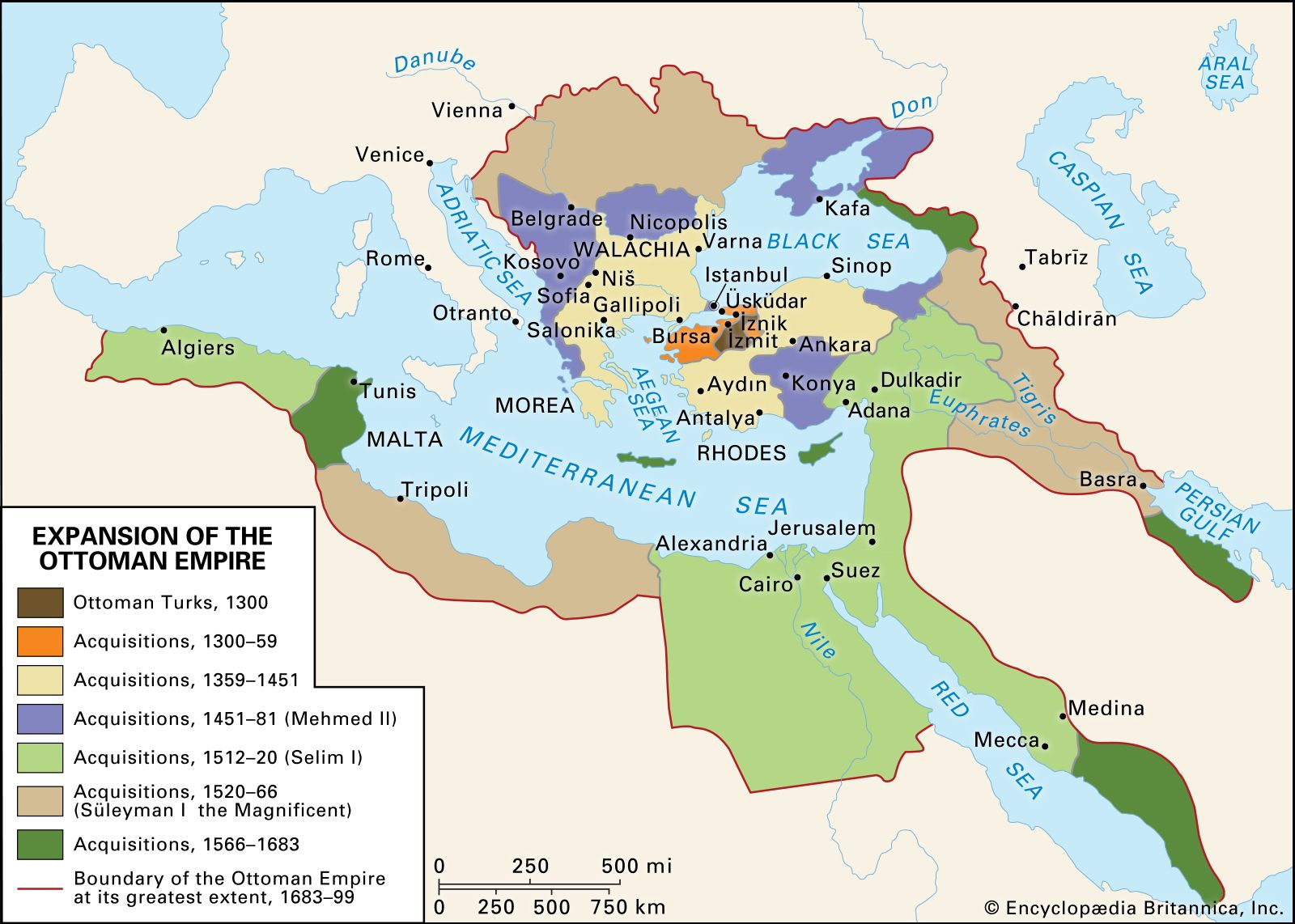
The Ottomans had in fact landed in Naples in 1480 (12 years before the show starts), and captured the city of Otranto for just over a year. Mehmet the Conqueror meant business, and in fact died on the way to complete the invasion of Italy--much to the relief of the assembled European princes. This move alarmed other European powers--most notably Matthias Corvinus of Hungary, whom you may remember was the big hitter among the Ottoman's European neighbors and also the man who held Vlad III (yes, that Vlad Tepes, Vlad the Impaler, Dracula) captive for a decade after the Wallachian ruler's disastrous defeat by the Ottomans in 1462, eighteen years previously. This proves that there is never more than six degrees of separation between any given European problem and Dracula.
I swear, I'm going to play a game called Six Degrees of Dracula one of these days. Fortunately, Lauren McArthur Harris at the University of Arizona has already done this sort of associative history teaching with one of my other interests in her paper 'Six Degrees of the Mongol Empire: Using Thought Experiments to Prepare World History Teachers'.
Good gods, digression. The point of it was the Matthias Corvinus sent troops from Hungary to faraway Italy to help try and stop the Ottomans from taking over Italy. Venice, which as you can see, shared a border with the Ottomans, did the typical thing and did nothing unless their interests were directly threatened. Besides, they had a treaty with Ottomans.
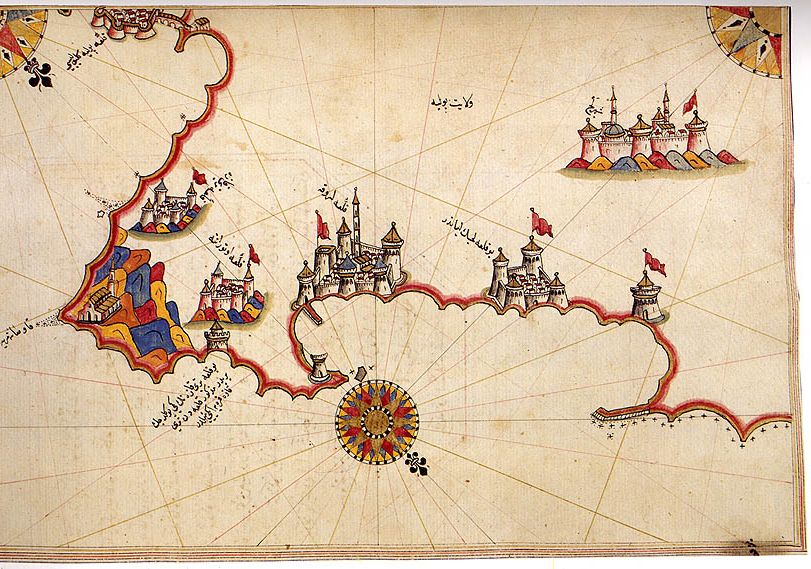
The invasion of Otranto is a fascinating subject, but it's inclusion in this blog is to make the point that the Ottomans were hardly a distant threat, or an insignificant one, to the Italian states. While they ultimately departed Italy after Otranto, there was no certainty that they would not return.
There was every reason to believe the Ottomans were willing and above all, able, to pose an existential threat to Italy if the mood took them. Almost every Renaissance pope had on his to do list 'fund a crusade against the Ottomans' but they never seemed to get around to it, but they sure got a lot of money from that pitch.
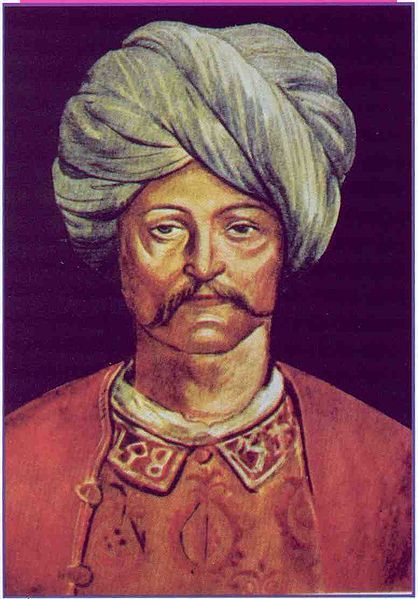
This is the environment that Sultan Cem, the result of one of the interminable Ottoman succession crises that had left the Ottomans unable to follow up on their invasion of Italy, arrived in Rome in 1499 from France, nine years after Otranto. You see, Cem had a hell of a life before he ended up in Rome under the auspices of two popes. He and his brother, the future Bayezid II had fought it out for possession of the Ottoman empire after their father, Mehmet II's death--and Cem, after a lot of back and forth, came off the loser in the end.
However, Bayezid II's victory didn't end in his Cem's death--but it did result in his exile. The ensuing scuffle between the two brothers provided a momentary moment of respite for countries bordering the Ottoman empire.
There was a reason that Bayezid I (generations back, the sultan who beefed with Timurlane himself) had instituted a policy of fratricide in the Ottoman imperial line--to prevent succession crises, which of course is a pretty feeble post-hoc excuse for killing one's brother.
Cem was on the run from Bayezid II, and ended up in Mamluk Egypt for a bit, before being forced to flee to the island of Rhodes, where he was held as a guest of the Knights there.
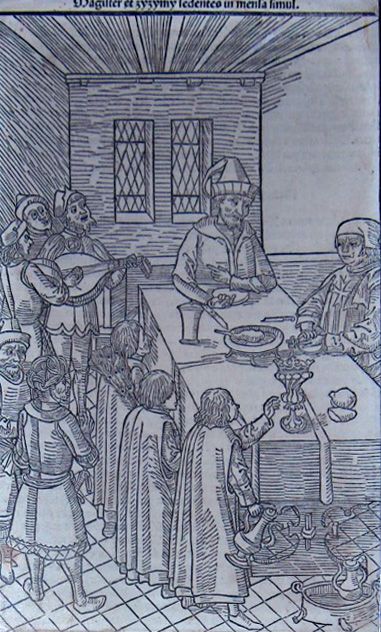
Cem left Rhodes, and was kept in France until 1489, under the care of Pierre D'Aubusson, who was getting paid plenty by Bayezid II to keep Cem from petitioning the European powers to make war on the Ottomans--or escaping back to the empire. Later that same year, Cem was transferred to Rome.
As you will doubtless recall, that was three years before Pope Innocent VIII died. According to Duffy, in his book Saints and Sinners Sultan Bayezid II paid Pope Innocent VIII a crap ton of money (an annual fee to keep Cem imprisoned, 40,000 ducats, a boatload of holy relics and an up front lump sum of 120,000 ducats, equal to the entire annual papal budget, by the way) to keep his brother out of play in Ottoman politics.
Here is where I must go on another digression. You know that 120,000 ducats the sultan paid Pope Innocent VIII? Do you want to guess what it ended up funding? Go on, guess.
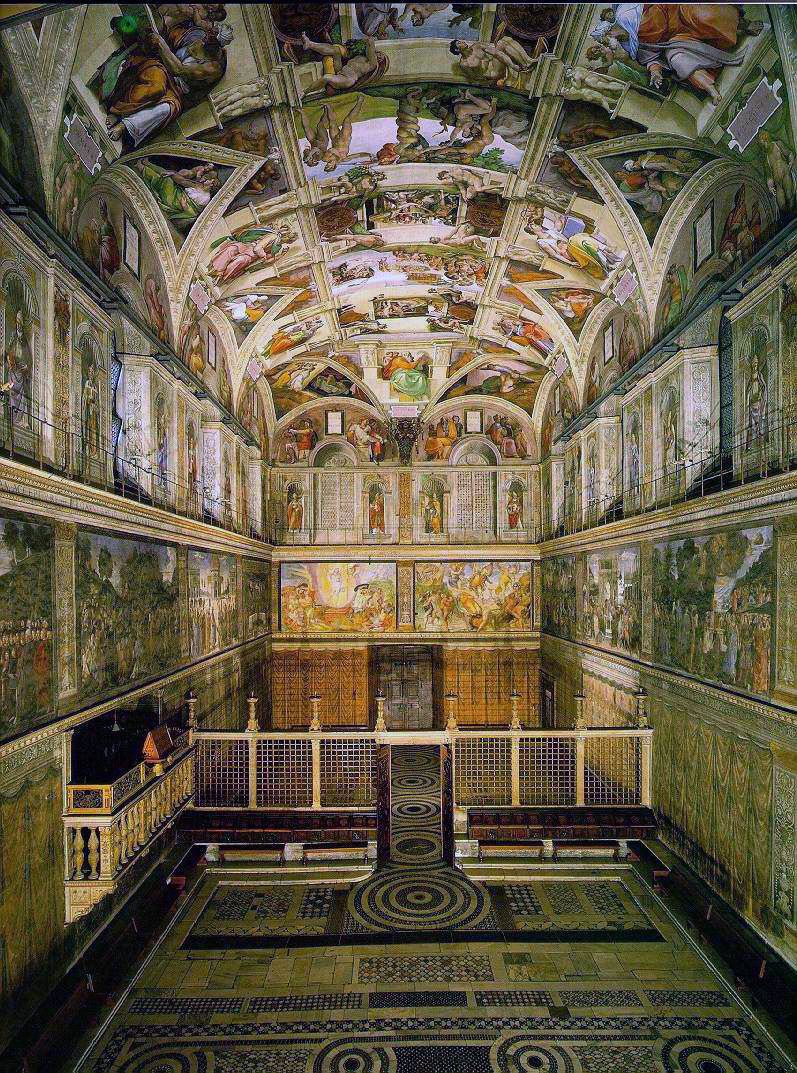
Yep. The majority of the funds were used to pay for the Sistine Chapel. Another thing we can thank the Ottomans for, even at a remove--them and Michelangelo of course.
Let me use the parallels with another famous figure to explain why Cem is much more valuable to European powers alive than dead.

In 1462, Vlad III attacked the Ottoman empire. Wallachia being a regional power, the best he could truly hope for was to annoy the Ottomans--and in this he succeeded completely.
Sultan Mehmed II invaded Wallachia with over 150,000 troops according to Chalkokondyles, and despite all Vlad III tried (including a forest of 20,000 people impaled outside his capital and trying to kill Mehmed II in the infamous Night Attack) he could not maintain his grip on Wallachia. Mehmed II installed Vlad's brother Radu as ruler of Wallachia--and Vlad ran away with fewer than a thousand partisans to Hungary, hoping for help from Matthias Corvinus in regaining his crown.
Dracula didn't get the help he wanted in Hungary. To make a long story short, Matthias Corvinus always knew the right angles for his own self-interest. In this case he made a separate peace with the Ottomans, and imprisoned Vlad III. This proved a profitable move for him for reasons we don't have time to get into--but also gave him more flexibility than simply killing the Wallachian. Alive--and eventually married to one of Corvinus's daughters--Vlad III was still a captive. But whenever the Ottomans started making noises that Corvinus didn't like, he'd remind them that he had Vlad as a captive and could restore him to power if he so chose, to be a thorn in the Ottoman's side.
After about a decade, Matthias Corvinus saw an opportune time to sponsor Vlad's reconquest of Wallachia, to the cost of the Ottomans and to his personal benefit. So he let his captive dog, Vlad, off the leash. Vlad died (and stayed dead) shortly thereafter, but the lesson is clear. Hostages have far more utility than corpses.

Cem can be seen in a similar light to Dracula decades later. He was the papacy's most powerful weapon against the Ottomans--a check against expansion, and a face-card if the European powers ever decided to invade the empire in concert.
Basically, the first step in the never-occurring-but-often-planned-crusades against the Ottomans by the Papacy was 'release a rival claimant [Cem] to the Ottoman throne'. Think of it as a kind of Renaissance-era Bay of Pigs--except instead of invading Cuba, one is invading the Ottoman empire.
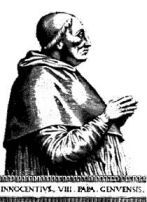
Cem would likely start a fresh civil war inside the empire proper, which would give the European powers the opportunity and opening they needed to have any chance at a military victory over the major world-power at this time.
Cem was a major source of leverage against the Ottomans expanding into Europe, and thus far more valuable alive than dead. Bayezid II was paying a fortune to avert the threat of another Ottoman civil war--combined with a European attack on the empire. Seen by that light, any amount of money is justifiable, from Bayezid's perspective, if it keeps your empire intact.
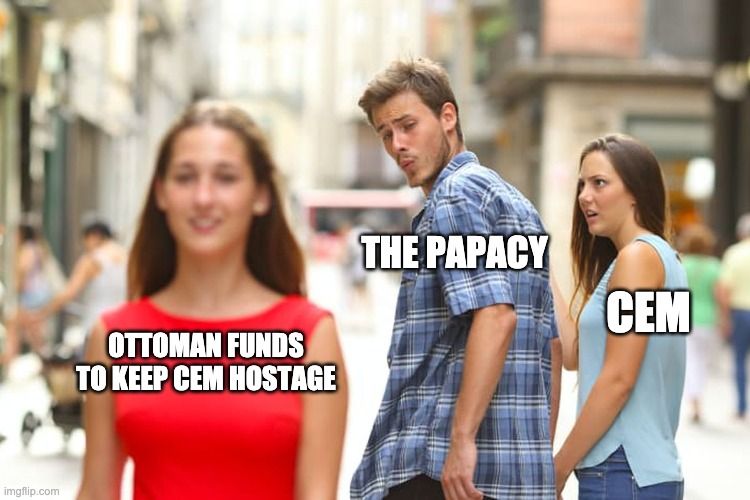
Cem was far from passive--he knew that an attack on the Ottomans would be his ticket back to power he had only tasted years before. As for Cem's life in Rome, contrary to whatever Neil Jordan might scribble, he enjoyed it well enough. While Pope Innocent VIII tried to convert Cem to Islam, Cem rebuffed him, and stated his desire to die in a Muslim land. Sadly, he would not be granted this wish. He died in the first French invasion of France, in 1495, of plague.
Cem was a fish out of water in Rome--but only on a relative scale. Cem was a survivor of both Ottoman battles and politics--and certainly not blind to political realities of the time. He was no blushing neophyte, but a seasoned veteran of both arenas.
This far-travelled man could be a fascinating character in Jordan's iteration of The Borgias--providing insight into the wider world of the Renaissance, a different point of view for the audience to consider on the geopolitical stage, and a reminder that history could have gone another way. If the French hadn't invaded Italy when they did, it wasn't impossible that the papacy and other powers might have loosed Cem and sailed on Constantinople--possible, but unlikely. It was completely impossible once the greater threat to Italy was revealed not to be the superpower of the Mediterranean, but France and Spain (and later the Holy Roman Empire and Venice).
Cem could have provided something The Borgias as a show badly needed--a sense of context in history. What else is happening in the world while these papal power-plays are happening? Why do they matter? Why should we invest our time and energy in this show if we have no clue what's going on across the world stage, or what powers outside of Europe are thinking? Historically, the Ottomans were far from ignored in Papal considerations.
Later episodes show native americans hauled back to the Vatican in chains--and that works as an establishing contextual key--but that's about it. I have plenty to say about that, but Neil Jordan had an expositor and horizon-broadener effectively gift wrapped, in his starting cast of characters in the form of Cem.
But Jordan throws away all capacity for depth of character and worldbuilding by making Cem a strawman, a person with dark skin who is immediately stuffed into the refrigerator after one episode, just to show how motivated the other white characters are towards reaching their goals. He could do better, and we should expect better from him as a writer and show-runner.
A note on citations: while Wikipedia isn't a good primary source, it is an excellent starting point and reference item. Sending people there is a good way to pique their curiosity and encourage them to explore the sources cited there on their own.
More to come, and soon--we're going to Venice, guys! We're going to meet the ultimate cat-dad and war-criminal: Francesco Morosini.
